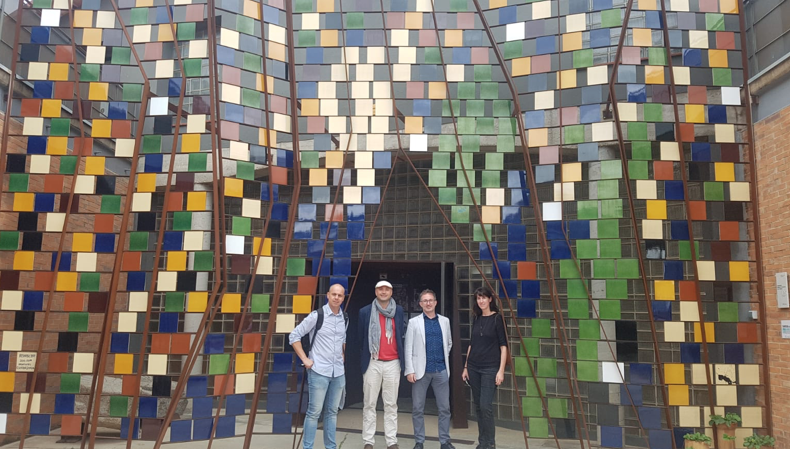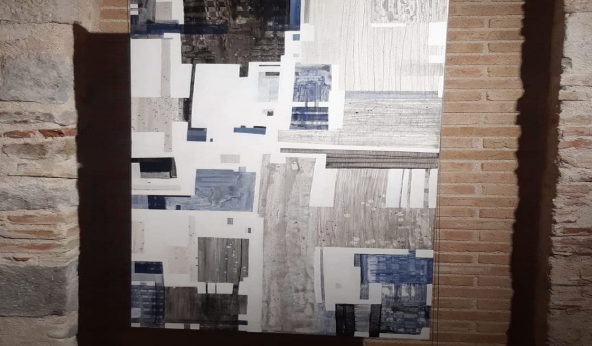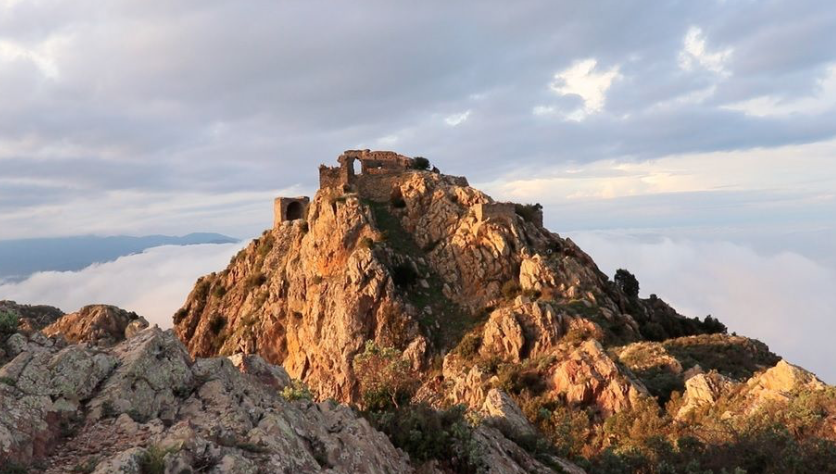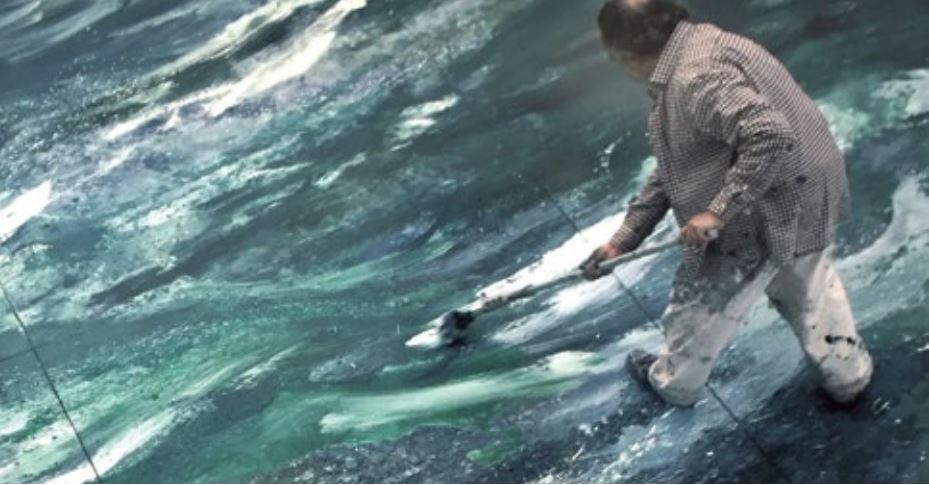reports
The art of food and the avant-garde
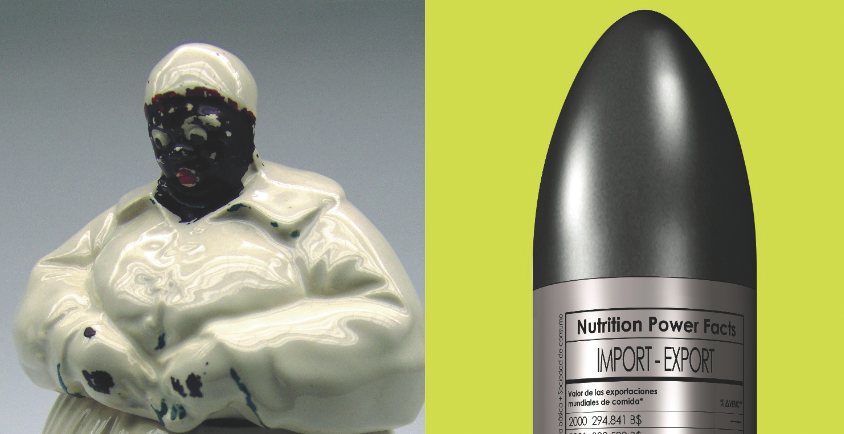
The presence of food in pictorial representation is as old as the existence of art on earth. From the primitive caves of Altamira, through the antiquity of Egypt, Greece, Rome and the modern world of the Renaissance, Baroque, Neoclassicism, Romanticism and the arrival in the 20th century, food has had its prominence and has reached high levels of sensuality and eroticism in Pompeian paintings, in some Renaissance frescoes, in Dutch interiors and still lifes and will be the main motif in Spanish Baroque still lifes, where it will reach a mystical dimension.
The avant-garde will mark new relationships between art and food throughout the 20th century, a trajectory that goes from Cubism to Ferran Adrià, and whose aim is not to appease hunger, but to promote an art of taste. Apollinaire is the first to tell us about culinary cubism: "In fact, soup is already sold in Paris in cubes and butter in parallelepipeds of three milligrams" (2). Futurism will be more radical. Marinetti publishes, together with the painter Fillia, the Manifesto of futuristic cuisine in the Gazzetta dal Popolo of Turin on December 28, 1930, with the slogan Basta la pastasciuta. It is proposed to eliminate pasta and free traditional cuisine from volume and weight, in favor of risotto, but also to abolish the fork and knife to give more tactile pleasure and encourage chemists to invent new flavors close to music, to poetry and perfume, anticipating Nouvelle Cuisine.
Dalí will bring the presence of food to the highest surrealist dimension in his painting: bread, lamb chops, eggs, milk, dried beans, fish, grapes, lobsters and lobsters, food as a perverse object of desire, which will be part of its soft and edible aesthetics. Man Ray will bring the eating utensils, such as forks and knives, with Mr. Knife and Miss Fork (1944-1973). Marcel Duchamp will relate the eroticism of the single machine to cocoa in La Broyeuse de Chocolat (1914) and will have two ready-mades related to food, Porte-bouteilles (1914) and the cage with sugar and cuttlefish bone: Why not Sneeze Rrose Sélavy (1921), although the most eloquent is Sculpture morte (1959) with marzipan figures imitating an Archimboldo. Andy Warhol will turn canned food advertising into art, with Campbell's soups and Coca-Cola, Claes Oldenburg and Richard Hamilton will unite pop and food, and Manzoni will canned artist shit, while French Nouveau Réalisme will release, through Spoerri, the kitchen and the restaurant as art, and will inaugurate the Eat art Gallery, the experience of food and its residue.
Miralda has honored this current in Fluxus with her ritual happenings of colorful meals alongside Dorothée Selz, a path she has never abandoned and which has joined the art of the party, culminating in the Food Pavilion for at Expo 2000 in Hannover (2000). In the Food Cultura Museum project, it integrates art, cooking, science, gastronomy, thought, food import and export, genetic manipulation, nutrition, hunger, health in the world and secular practices and sacred Many of the great artists of the 20th century have worked with edible elements, either because of their symbolic nature, such as honey, wine and oil, as Joseph Beuys did in some actions and through his experience of biological crops, or to bring body and food into direct contact, case of the sanguinary rituals of the Viennese shareholders: Hermann Nitsch, Rudolf Schwarzkogler, Günter Brus, and Otto Mühl. Meat has been present in the actions of Marina Abramovic and in the dresses of Jana Sterback, which are so closely related to the meat or vegetable shoes of the Catalan artist Lluís Vilà. The relational aesthetic promoted by Nicolas Bourriaud has brought Rirkrit Tiravanija's noodle soups to museums, and we could write a long list of contemporary artists linked to food: Marcel Broodthaers, Damien Hirst, Sarah Lucas, Mona Hatoum, Wim Delvoye, Ernesto Neto, Ilya Kabakov, Sam Taylor Wood, among many others. In Catalonia we cannot forget the contributions of Lluís Vilà, Xavier Olivé, Jordi Valverde, Los Rinos, David Ymbernon and Jordi Pablo. Of the latter, the installation Objects de sobertaula awaits us in December at Arts Santa Mònica. Plastic food, based on a meal with the repertoire of his manipulated crockery objects.
In the image, detail of Import/Export. Can-Bullet Power food, 2008 by Antoni Miralda (1) Bourriaud, Nicolas. "La Diététique des auteurs", in Cook book, Paris: Beaux-Arts éditions, 2013. Pg. 19. (2) Apollinaire, Guillaume. "The invisible fabric and other rare inventions. Madrid Celeste editions, 2000. Pg. 25.”





